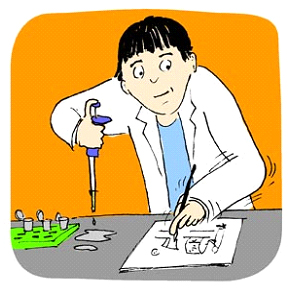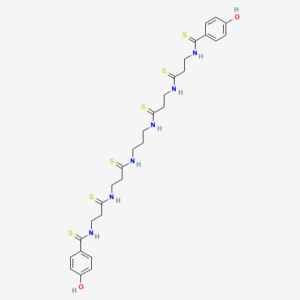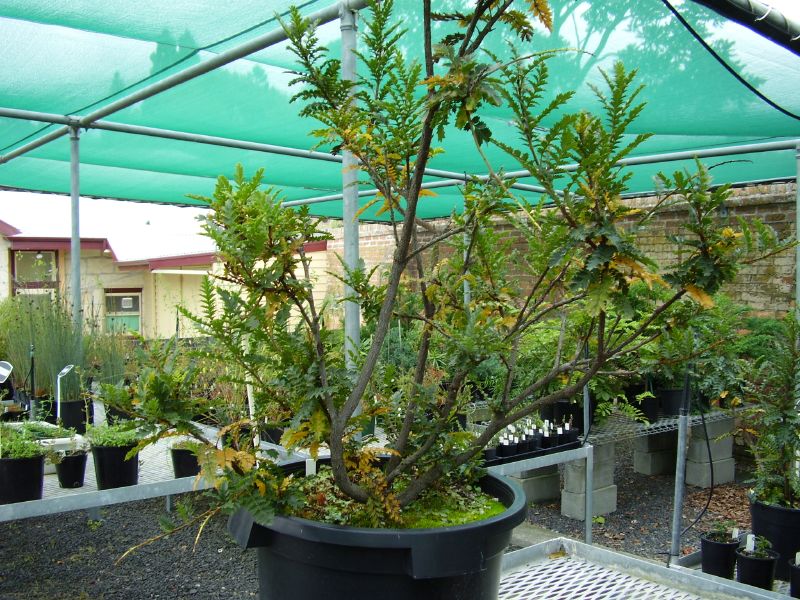Many visitors to the Promega Web site enjoy the Cartoon Lab, the repository of the creative illustrations of Ed Himelblau updated several times a year. Recently, I had a chance to gain some insight about the man behind the cartoons.
Sara Klink: Could you give some background information about yourself?
Ed Himelblau: I was born in Chicago but grew up in San Diego. I went to UCSD [University of California at San Diego] and majored in biology and minored in art. I liked molecular biology and working in labs so I decided to go to grad school. I went to the University of Wisconsin at Madison to get a Ph.D. in the Cell and Molecular Biology program. My first academic job was teaching biology at Southampton College in New York. After several years on Long Island, I moved to my current job teaching and doing research in the Biological Sciences Department at Cal Poly [California Polytechnic State University] in San Luis Obispo, CA.
S.K.: Why did you decide to become a scientist?
E.H.: Playing in tidepools as a kid had something to do with it. As an undergraduate I thought working in a lab sounded cool. When I started working in a lab, I thought the work was interesting and the people were a lot of fun to be around. Then I started to appreciate what it really meant to do experiments and learn about how plants grow and develop.
Continue reading “An Interview with Ed Himelblau, Scientist and Promega Cartoonist” Like this:
Like Loading...
Many people in the United States of America will be celebrating the country’s Independence Day by gathering with family, grilling and consuming food, and watching a Chinese invention explode overhead in many shapes and colors. I am partial to the ones my family calls boomers consisting of a small circular white flash of light and an explosion of sound that vibrates my chest.

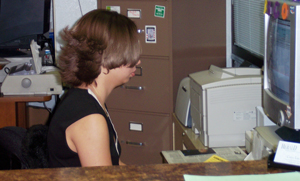

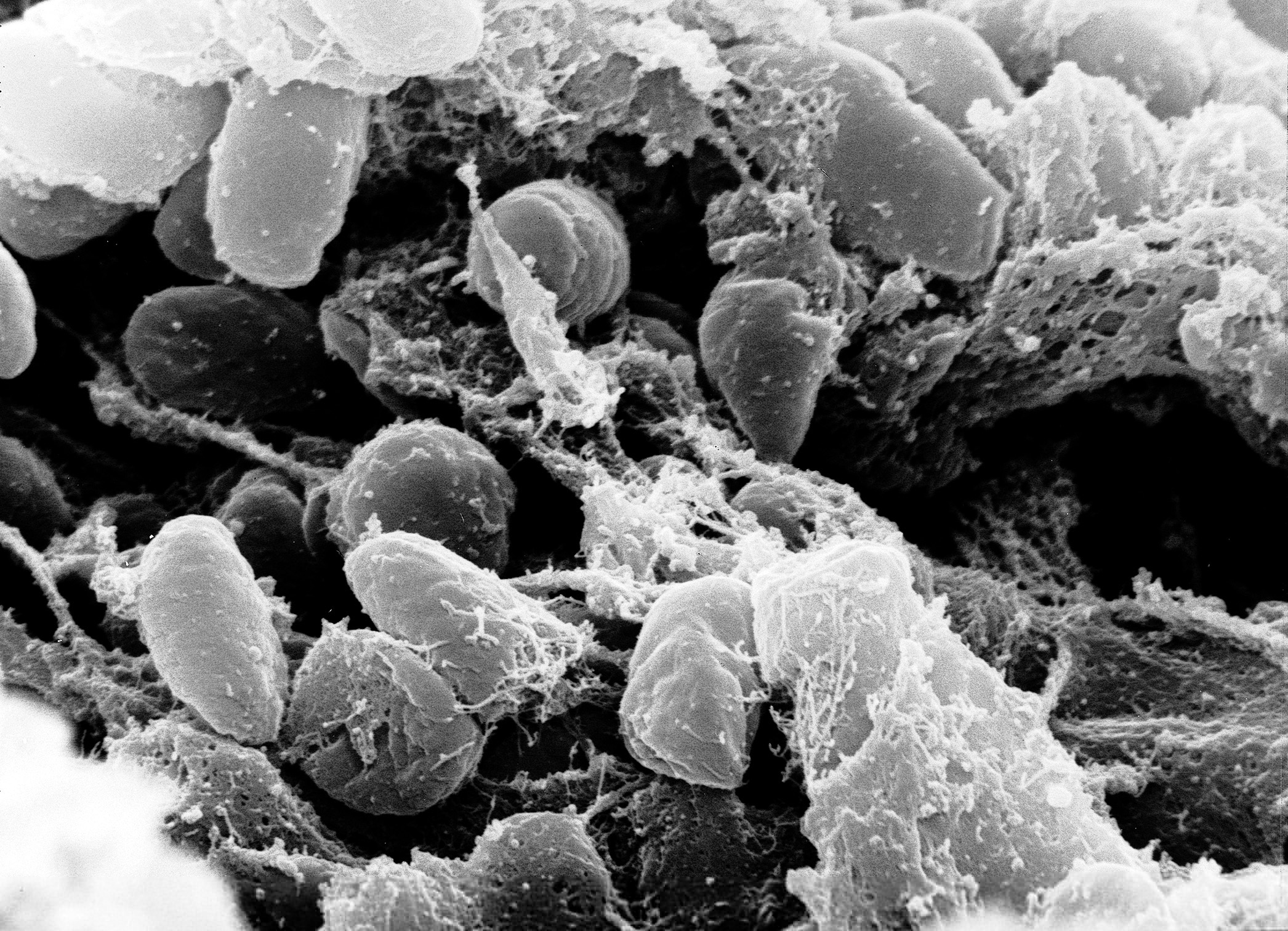
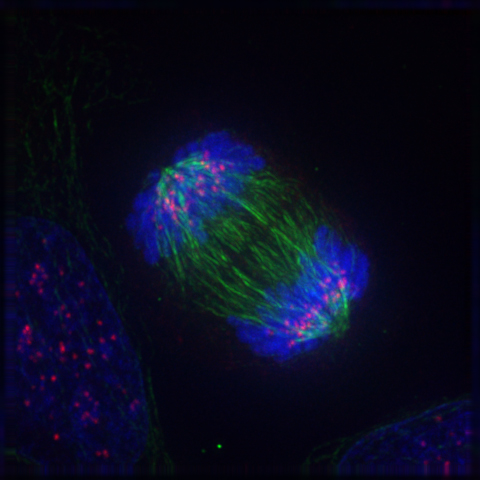 The phases of the cell cycle, particularly that of mitosis, were taught in college as part of my studies in biology. The cell cycle is a fundamental process for all organisms and constantly happens within our bodies. While cells generally spend most of the time in interphase, many scientists focus on what happens as the cells prepare to divide from one cell into two. Mitosis, the part of the cell cycle that refers to cell division, is subject to extensive regulation to ensure all materials and genetic information are sound and ready to segregate correctly. If there is damage to the chromosomes, the cells will halt cell division.
The phases of the cell cycle, particularly that of mitosis, were taught in college as part of my studies in biology. The cell cycle is a fundamental process for all organisms and constantly happens within our bodies. While cells generally spend most of the time in interphase, many scientists focus on what happens as the cells prepare to divide from one cell into two. Mitosis, the part of the cell cycle that refers to cell division, is subject to extensive regulation to ensure all materials and genetic information are sound and ready to segregate correctly. If there is damage to the chromosomes, the cells will halt cell division. 
